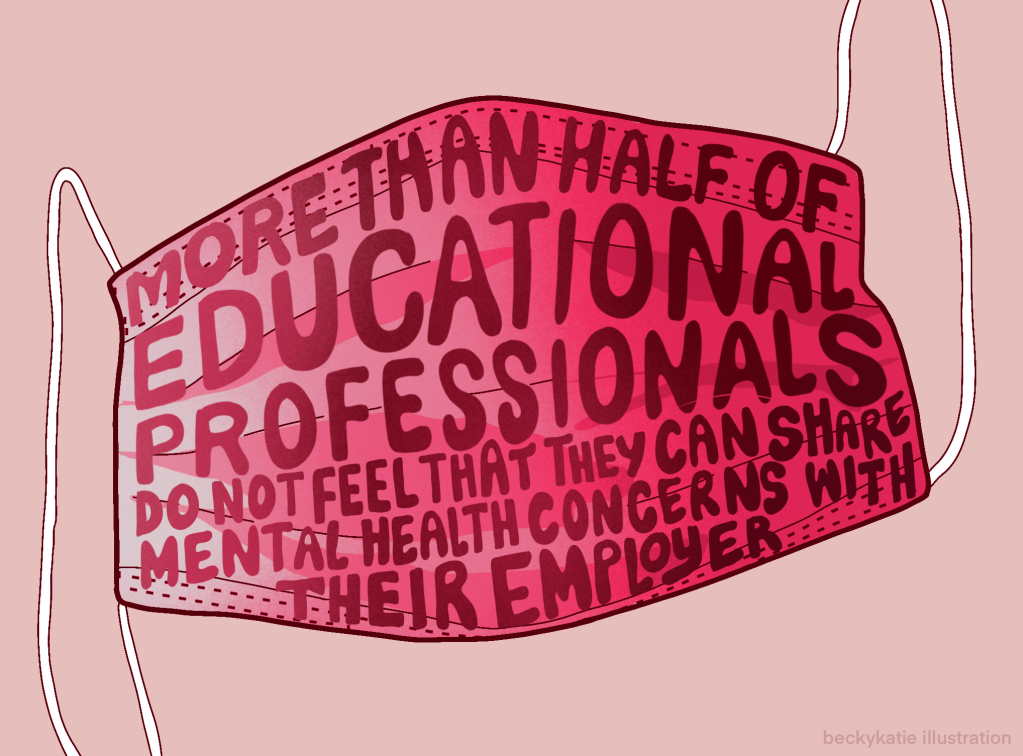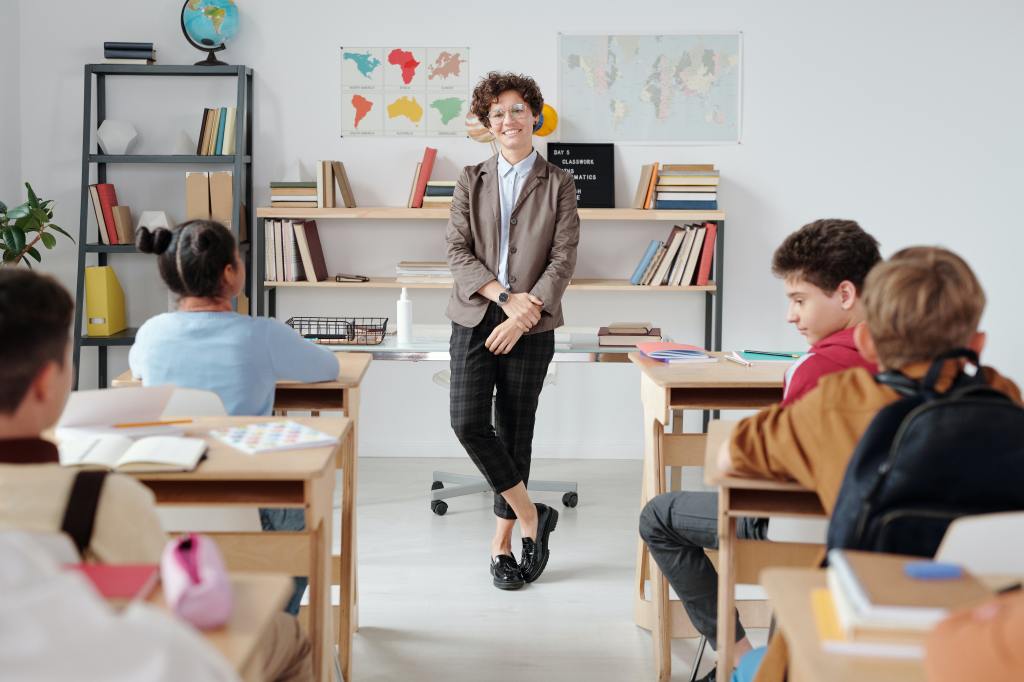
In education, we are always looking for ways to improve the quality of learning and teaching for the children in our care. However, in the last few months especially, the focus for educators has shifted towards the emotional wellbeing of our learners. Our children have been through so much and the repercussions are beginning to surface in classrooms across the country. Many learners are struggling to deal with ‘big emotions’ and we naturally want to do all that we can to support and nurture them.
This blog investigates ‘restorative practice’ and explores how this approach can be used in the classroom setting and beyond.
What is Restorative Practice?
Traditional behaviour management systems tend to focus on acknowledgement of bad choices, followed by a punishment/negative consequence. However, restorative practice employs a different technique. The restorative approach seeks to empower learners, helping them to take responsibility for their actions, understanding why it happened and what consequences their actions have caused.
I often explain to colleagues that traditional behaviour management techniques where children are punished and then the issue is considered to be ‘dealt with’, is much like putting a plaster on a punctured tyre. You may have temporarily ‘fixed’ the problem, but you haven’t actually addressed it. Furthermore, the situation will more than likely escalate.
The restorative approach involves meeting with all children involved in a situation and looking to develop, nurture and repair relationships. The onus is not on an adult intervening and telling the child what the consequence of their action is. Instead, the adult should initiate a thought process that helps children themselves understand why they did it as well as the consequences. If learners understand the reasons for their behaviour and the full repercussions for themselves and others involved, they are less likely to ‘reoffend’.
How Does it Work?
The whole approach stems from the following questions that empower learners to really think about their behaviour:
- What happened?
- What were you thinking and feeling at the time?
- What have you thought about it since?
- Who has been affected and in what way?
- How could things have been done differently?
- What do you think needs to happen to make things right?
Remember, that for this approach to be successful, you must give the children time and space to calm down first. When children are experiencing ‘big emotions’ it is next to impossible for them to think rationally – just as it would be difficult for us as adults to achieve.
It is also important to know that this set of questions is not only discussed with the ‘offender’ but any other learners involved. This ensures that a fair and balanced process is followed, especially as conflicts are very rarely completely one-sided.
What Does Restorative Practice Look Like in the School Setting?
There are many situations where restorative approaches can enhance the environment for learners and staff members alike so let’s explore them and see how they might look in practice.
Daily Classroom Behaviour Management
The most effective way of developing a restorative approach to behaviour management, is to model it in your daily language. An example of this is to make an ‘affective statement’: “When you talk over me, it makes me feel let down.” Additionally, you can ask learners ‘affective questions’: “Who do you think was affected by you making that choice? How has this action affected them?”
By immersing your learners in restorative language, this gives them a strong foundation to build upon and really think about the choices they make.
In the Playground
The majority of friendship fall-outs happen at break or lunchtime, with many of these unresolved by the time learners go back into the classroom. This results in pupils who are not ready to learn and teachers who are left to use valuable teaching time to resolve these conflicts. Instead, playground staff can use the restorative script to address fall-outs more effectively. Here is an example of one such scenario:
- What happened? “I told Tim that I don’t want to play with him, ever again.”
- What were you thinking and feeling at the time? “I was angry because Tim always chooses what game we play and I’m sick of it.”
- What have you thought about it since? “I’m still angry but I feel sad that I made Tim cry.”
- Who has been affected and in what way? “Tim is upset because I told him I didn’t want to play with him and I’m upset because I’ve lost my friend.”
- How could things have been done differently? “I could have told Tim I wanted to have a choice, before I got too angry.”
- What do you think needs to happen to make things right? “I need to apologise to Tim, but tell him if we play a game together, we need to take turns when choosing the game.”
This script would then be repeated with Tim, so that he can also see the part that he played in the incident.
Peer Mediation
The main intention behind restorative practice is to empower learners to regulate their own behaviour and choices. A key part of this is for learners to help peers identify and resolve their own issues. This would involve very focused training for learners and a clear remit. They are not there to ‘police the playground’; instead, they are there to be approachable and visible to peers. Peers can come to them for advice to resolve minor friendship fall-outs. They would also be trained to send learners to staff members if the incident is too advanced for them to deal with.
Peer mediation equips learners with lifelong skills that can be applied in a variety of settings, as well as freeing up playground staff to deal with more challenging incidents.
Bullying
This is an issue that often proves to be controversial within education. Many educators believe that ‘bullies’ need to be punished severely, however, this often proves to be ineffective.
All too often, learners who become ‘bullies’ have a variety of unmet needs and issues themselves, therefore punishing them does not help the situation. Restorative practice can help to identify the cause of their behaviour and help the learner think about their choices in a far more constructive and emotionally intelligent way.
In this situation, the adult would get both parties together to explain their thoughts and feelings; each having the opportunity to speak uninterrupted and impartially. After both parties have been heard, the focus should shift towards repairing the relationship by agreeing upon a solution. It is vital that everyone collaborates at this point, as the ownership of the action becomes shared – not just the responsibility of the ‘bully’ or the ‘victim’.
Finally, the situation needs to be monitored carefully, with regular updates and check-ins; more intervention from adults may be required to resolve the situation fully.
What Are the Benefits of This Approach for Learners?
- Ownership of Actions
By listening to the person/people their actions have directly affected, learners are more likely to understand and take responsibility for their choices.
- The Impact of Their Actions is Evident
Being face-to-face with the person/people they have hurt is an unforgettable and emotional experience for learners that really highlights the consequences of their choices.
- They Can Decide to Resolve Conflicts
Learners can use the restorative approach to decide to make a positive change. They have the opportunity to apologise for their previous actions and work collaboratively to ensure a happier outcome is achieved in the future.
- Repaired Relationships
The process of both parties in a conflict feeling they have been valued and listened to, can often be the change required to repair a relationship. The outcome could be to restore a friendship or an agreement to respectfully avoid each other – both acceptable resolutions.
- The Influence Over Future Choices
Most importantly, restorative practice is a great way of influencing the choices learners make in the future. This is due to the way the method really gets to the root of actions, as opposed to merely punishing them.
What Are the Benefits of This Approach for Teachers?
- A Consistent Approach to Conflict Resolution
Implementing a restorative approach to behaviour management across the school results in improved consistency for all learners and staff. The terminology is familiar for all involved and everybody is working towards a shared goal.
- Less Disruption in the Classroom
As the approach becomes fully embedded within a school-setting, children are better equipped at dealing with conflicts themselves. Additionally, they have more strategies to help them regulate their behaviour, thus preventing conflicts in the first place. This means that teachers have less disruptions during learning and teaching time.
- Improved Relationships and Calmer Classrooms
Developing, nurturing and repairing relationships is at the heart of restorative practice. This approach helps staff and learners to understand each other better, leading to increased empathy and more effective relationships between staff and learners, as well as learners and peers.
- More Resilient and Independent Learners
This approach to behaviour management empowers learners and enables them to take responsibility and ownership for their own decisions. It really develops a range of life skills for learners that will equip them well for the future. Learners are more resilient problem-solvers and less likely to give up at the first hurdle to success. They are also far more likely to approach issues independently, instead of looking for adult intervention and support straight away.
What Resources Can Support Me In Implementing Restorative Practice?
- Visual resources for Learners
This conflict resolution poster is a great visual aid for learners, to help them solve conflicts independently. This conflict resolution techniques poster supports children through each step of the conflict resolution process. Why not create a ‘Calm Corner’ in your classroom, to help learners regulate their behaviour? This calm corner resource pack could help you create a calmer classroom environment.
- Activities for Learners
This kindness PowerPoint is a great whole-class resource to promote a more empathetic and positive environment. These resolving conflict cards are a wonderfully creative way of encouraging children to think about the consequences of choices on others, as well as identifying ways to resolve issues.
- Reflective resources for Learners
When addressing a conflict that has already happened, this conflict resolution activity sheet uses the key restorative questions to encourage learners to understand the reasons for their actions and improve future choices. Similarly, this behaviour reflection sheet supports learners in analysing their choices, as well as considering how to prevent these actions in the future.
- Support For Teachers
This helpful behaviour management tips for primary teachers guide, is full of helpful techniques that support restorative practice. Additionally, this solution-focused behaviour management planning template is a great way to approach behaviour management in the classroom. The editable template gives you the opportunity to reflect with your pupils on what they enjoy in class and the challenges they face, so that you can work together to create a proactive strategy to support their learning.
- Information for Parents
Hand out this positive behaviour management leaflet for parents and carers, to explain what positive behaviour is. There are also helpful tips to promote positive behaviour at home and ways to encourage children to show positive behaviour choices.





